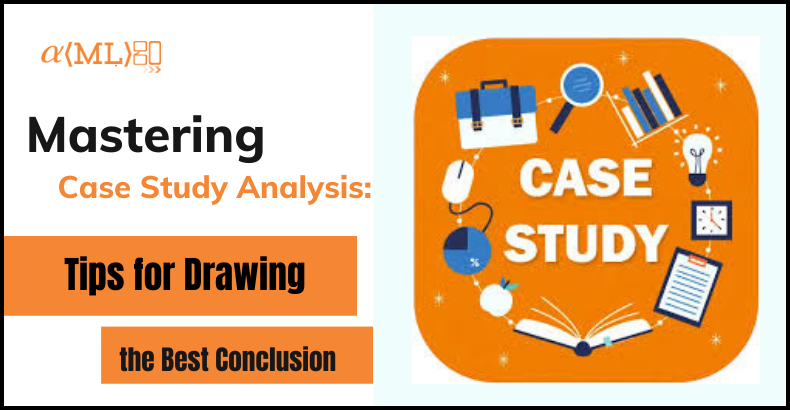Summary Of Our Digital And Data Case Studies
Analytics And Machine Learning
Customer Recency, Frequency And Monetary Analysis
GOALS & APPROACH
- To gain insights into customer behavior throughout their life cycle — from acquisition, Onboarding, servicing, cross-sell and portfolio management, to retention and delinquency management using data science technologies.
KEY INSIGHTS & HIGHLIGHTS
- Recency, a frequency and monetary (RFM) analysis for retail customers for truly personalizing customer experience through Nano targeted merchant offers.
- It resulted in average spend per customer to increase by 29%, while spend for the targeted customer base increased by 44%, which contributed 27% growth to overall portfolio spend.
- Clustering techniques (K-Means) were used to segment the customers for promotion
Customer Data Management Goals & Approach
GOALS & APPROACH
- Banks are obliged to collect, analyze, and store massive amounts of data. But rather than viewing this as just a compliance exercise, using machine learning and data science tools can transform this into a possibility to learn more about the customers to drive new revenue opportunities.
KEY INSIGHTS & HIGHLIGHTS
- Identification of specific customers for newly introduced credit card and the conversion rate was more than 30%.
- Being armed with information about customer behaviors, interactions, and preferences, the average spend on the card was more than USD 1000 per month.
- Further analyzed the spend data and collaborated with around 10 vendors for commission-based revenue growth.
Commercials: AML Rules
GOALS & APPROACH
- To provide analytics solution for flagging financial transactions that may violate legal or compliance frameworks and building some Anti Money Laundering rules.
KEY INSIGHTS & HIGHLIGHTS
- All the current account data gathered from bank CASA ledger database.
- A GBM Classifier model created on the past data behavior for all the transactions going through these current accounts.
- The system was able to capture more 95% transactions which were identified as ML transactions on the test data.
- The Amlgo data science team were supported by Amlgo domain experts with a detailed understanding of Banking processes
Insurance: Anti-fraud Model
GOALS & APPROACH
- To improve fraud capture rate and conversion rate for third party bodily injury claims, Utilized machine learning techniques to predict the chances of fraud claim case.
KEY INSIGHTS & HIGHLIGHTS
- Implementation: Decision Tree Algorithm used to develop low speed impact and stage incident fraud models.
- After that, developed a Power BI report for quick reference for claim handlers.
- Model Outputs: Fraud propensity scores categorized into risky segments such as high, medium and low.
Risk & Litigation Model
GOALS & APPROACH
- To provide analytics solution for avoiding a claim going into the litigation based upon the features of a claim or inputs provided by claim handlers, determining the litigation propensity for general damages claims.
KEY INSIGHTS & HIGHLIGHTS
- Implementation: Random Forest Algorithm used to develop the propensity scores – low, medium and high.
- After that, developed a Power BI report for quick reference for claim handlers.
- Model Outputs: Litigation propensity scores embedded in a application with configurable parameter by users.
Ploybase - Data Engineering
GOALS & APPROACH
- To provide an Extensive Data Solution by merging different data sources whether on-Cloud or on-Premises into MS SQL Server and also providing a single point data access without the need of any extra knowledge of other external data sources.
KEY INSIGHTS & HIGHLIGHTS
- Installation ,Implementation and Integration of Polybase Feature in the existing set up.
- Provides you with a free hand to keep frequent or infrequent data on cloud(To keep up with the current Technology Trend) and fetch whenever required.
- With one data access point, it is easier to construct queries in T-SQL only, without the need of knowledge of any other external data sources for Reporting or Analysis purpose.
Social Media Sentiment Analysis
GOALS & APPROACH
- To build a real-time tracking system that could continuously monitor blogs and other social media platforms to identify customers and their issues
KEY INSIGHTS & HIGHLIGHTS
- The system highlighted the critical areas of focus based on volume and ratings or comments from consumers to reduce the time and resources spent on various platforms.
- Built an ensemble of Deep Learning and Transformer model for proper interpretation of text.
- The client was able to identify and fix gaps in their service offering and product development much earlier than before.
Regulatory Reporting
Cecl Accounting And Disclosures Implementation
GOALS & APPROACH
- The US variant of IFRS 9 impairment is called CECL (Current Expected Loss model).
The overall target is to adapt the IFRS9 framework to cater as CECL in respect to configuration, calculation and disclosure reporting possibilities for a front-end and back-end perspective.
KEY INSIGHTS & HIGHLIGHTS
- Implemented CECL configuration, risk models, scenarios and disclosure reporting that includes CECL calculation specifics.
- The solution is having management reporting capabilities to enable sensitivity analysis and top-down (post-calc) stress testing, both through Business Analytics.
- Several underlying features and a bit more work from an administration point of view completed to build the end to end solution.
Mas 610
GOALS & APPROACH
- The MAS 610 is the core set of reporting requirements within Singapore’s financial services space, and contains the balance sheet and off balance sheet information of banks and their underlying details.
KEY INSIGHTS & HIGHLIGHTS
- AxiomSL has provided Open Data Taxonomy which contains information on how the classification and reporting of data would be done to MAS.
- The taxonomy has consolidated 300,000 data points into 1,000 reusable business concepts, which are categorized into 70 reporting dimensions and 80 reportable amount types.
- We consult clients in requirement interpretation, data sourcing and management, creating Dimension field mapping, building new workflows and possible automation of processes.






